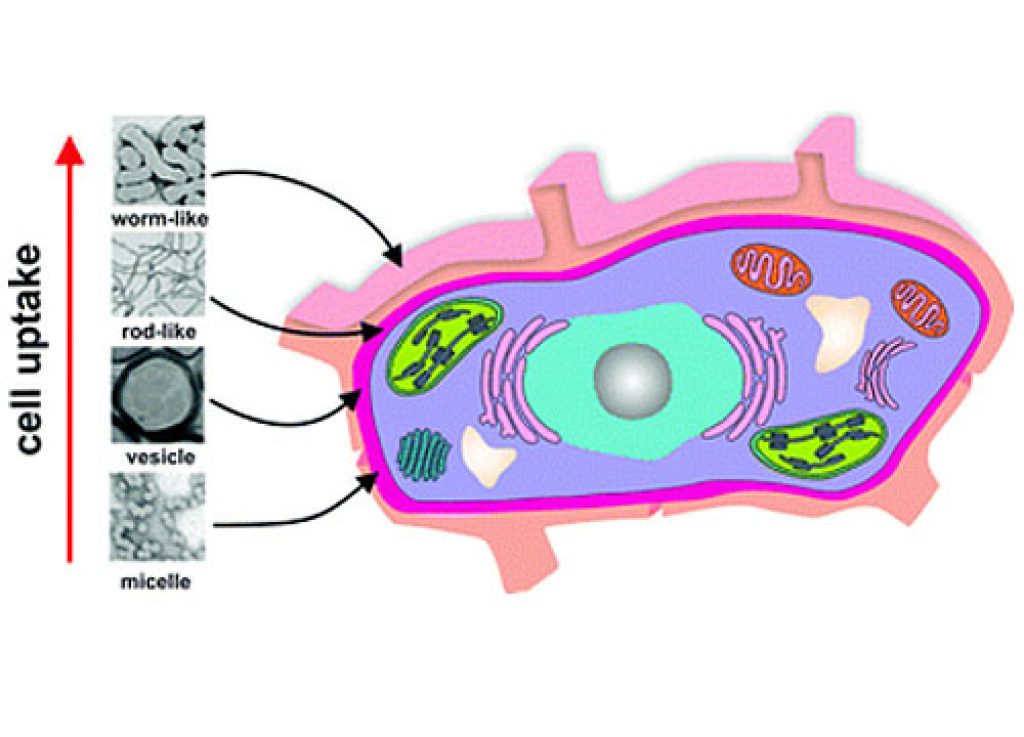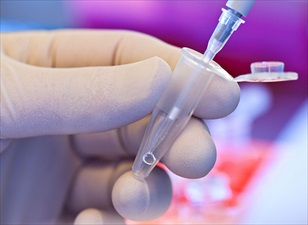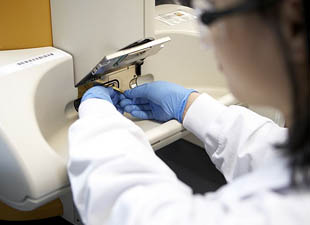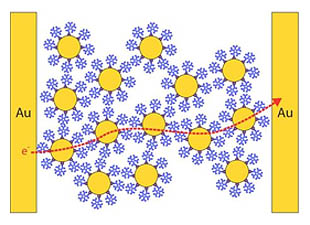
AsianScientist (Dec. 12, 2013) – Cylindrical shaped nanoparticles are seven times more deadly than traditional spherical ones when delivering drugs to breast cancer cells, according to an international study.
Even better, the worm-shaped drug delivery vehicles aren’t more toxic to healthy cells, according to the study published in Polymer Chemistry.
In this study, different polymeric nanoparticle shapes (including spherical micelle, cylindrical micelle and vesicles) were investigated, and the preliminary results suggest shape plays an important role in the cell uptake and toxicity response.
The project was co-led by Associate Professor Cyrille Boyer from the University of New South Wales School of Chemical Engineering and the Australian Center for NanoMedicine, Professor Thomas Davis from Monash University, and Dr. Bunyamin Karagoz from Istanbul Technical University.
Developing nanoparticles to target drugs directly to specific regions of the body is a growing field of medicine, and these new results suggest changing the shape of nanoparticles could reduce treatment costs and side effects.
“What we’ve discovered is that a different shaped nanoparticle can have a very different effect on cancer cells, even with the same amount of drug,” said Professor Boyer. “However there is still a lot of work to do and we need to test the nanoparticles in vitro with a range of cancer cells.”
Previously, research has overwhelmingly focused on spherical drug delivery systems as they’re easier to make, but this new study also presents a simple and cheap way of creating three different nanoparticle shapes – spherical, vesicular and tubular or ‘worm-like.’
The researchers are now looking into whether cylindrical shape nanoparticles also deliver drugs more efficiently to other types of cancers.
The article can be found at: Karagoz B et al. (2013) Polymerization-Induced Self-Assembly (PISA) – control over the morphology of nanoparticles for drug delivery applications.
——
Source: University of New South Wales; Photo: pfala/Flickr/CC.
Disclaimer: This article does not necessarily reflect the views of AsianScientist or its staff.












